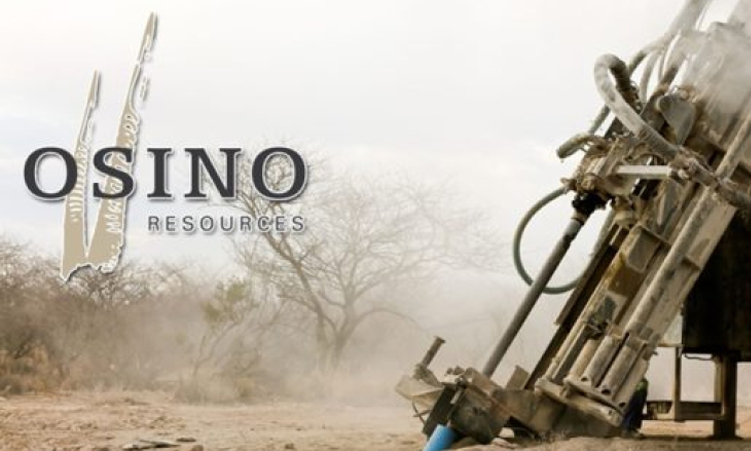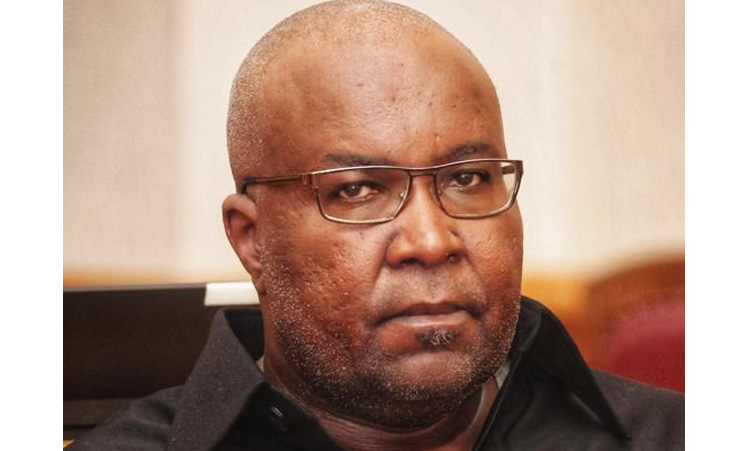Canadian company Osino Resources Corp. wants to construct a dam on the Khan River to secure water supplies for its Twin Hills gold project.
The dam will address water scarcity concerns in the Central Areas Network of Namibia, where the Twin Hills gold project is located.
According to miningandenergy.com.na, Osino has submitted an application for an environmental compliance certificate to the Ministry of Agriculture, Water and Land Reform, signalling a pivotal step in the regulatory process towards the construction of the dam.
SLR Environment Consulting (Namibia), the independent environmental assessment practitioner, is overseeing the scoping and environmental impact assessment process for the proposed storage dam.
The Twin Hills gold project, situated 25km north-east of Karibib in the Erongo region, is anticipated to operate for a 13-year life-of-mine with a projected design processing capacity of five million tonnes per annum.
According to the draft scoping report (DSR) to sustain operations, the estimated water demand stands at 1,1 million cubic metres per annum and while groundwater from the Karibib marble aquifer currently serves as the primary water source, Osino is exploring alternatives to enhance water security.
“The proposed storage dam on the Khan River presents a promising solution. With the potential to store 1,23 million cubic metres of water annually from run-off and flood transmission losses, the dam offers a vital reservoir for sustaining mining operations,” noted the report.
Moreover, the assessment highlights that the coupled system of surface and groundwater storage maximises supply potential, providing a higher total storage capacity on the Khan River.
“Hydrogeological modelling indicates that the proposed dam could store 785 953 cubic metres of surface water annually, supplementing the groundwater storage capacity.
Additionally, the feasibility of the managed aquifer recharge to the marble aquifer adjacent to the surface water and sand storage dam is under consideration,” the DSR noted.
The report said the approach aims to enhance the sustainable utilisation of local groundwater sources by injecting abstracted surface water into the aquifer.
Dundee Precious Metals Inc (DPM) is in the process of acquiring Osino Resources Corp and announced in December last year a definitive agreement to acquire Osino at a value of C$1,55 per share and a total equity value of C$287 million (about N$4 billion).
Making the announcement at State House in Windhoek, DPM president and chief executive David Rae said a new mining facility will be built close to Karibib.
“We anticipate investment over the next three years to be around N$6 billion to N$7 billion. Once the new facility is in operation, we will expect the revenues and royalties from the operations to generate about N$9 billion, which is roughly N$700 million per year for the 13-year life of the Twin Hills project,” said Rae.
– email: matthew@namibian.com.na
Stay informed with The Namibian – your source for credible journalism. Get in-depth reporting and opinions for
only N$85 a month. Invest in journalism, invest in democracy –
Subscribe Now!










